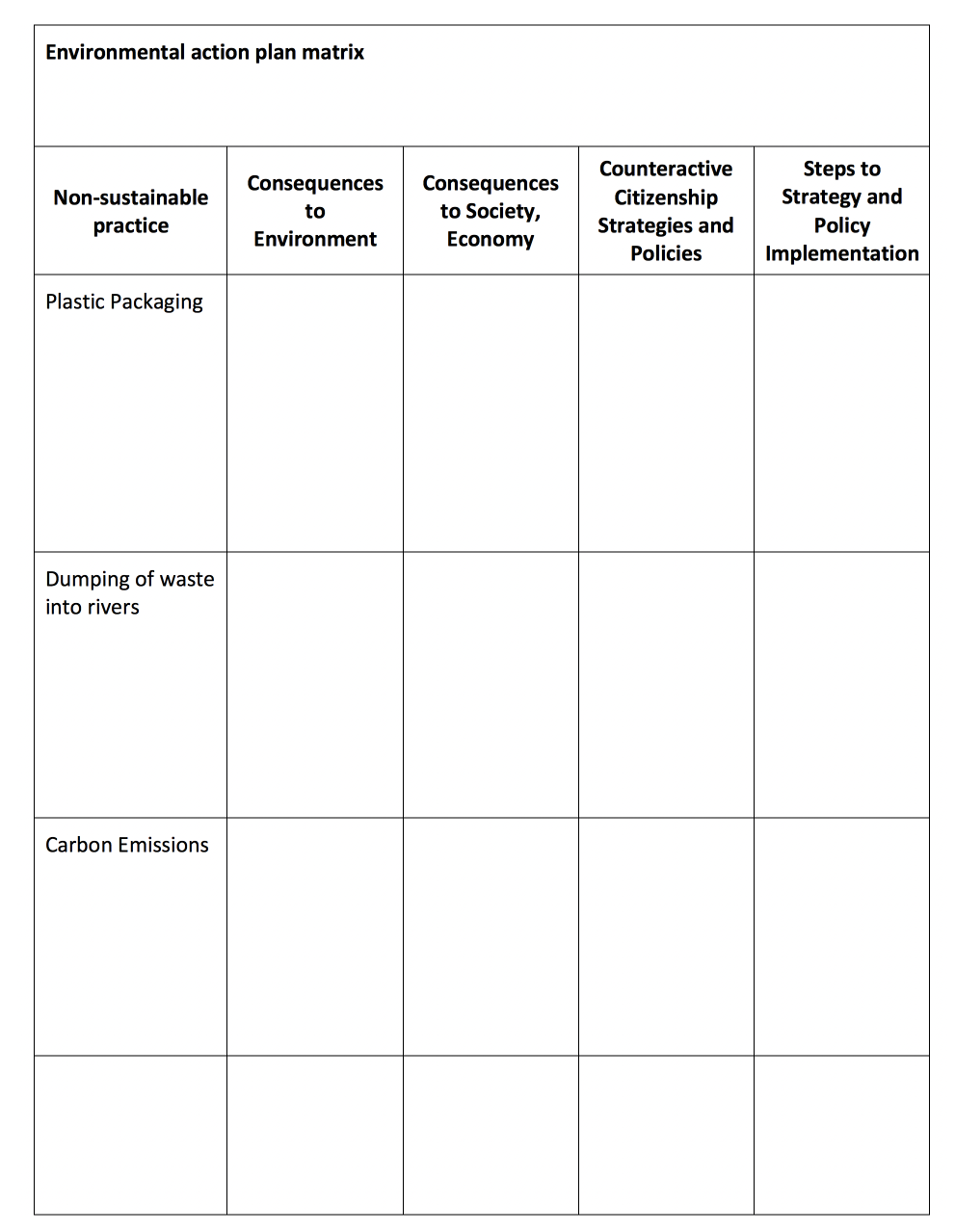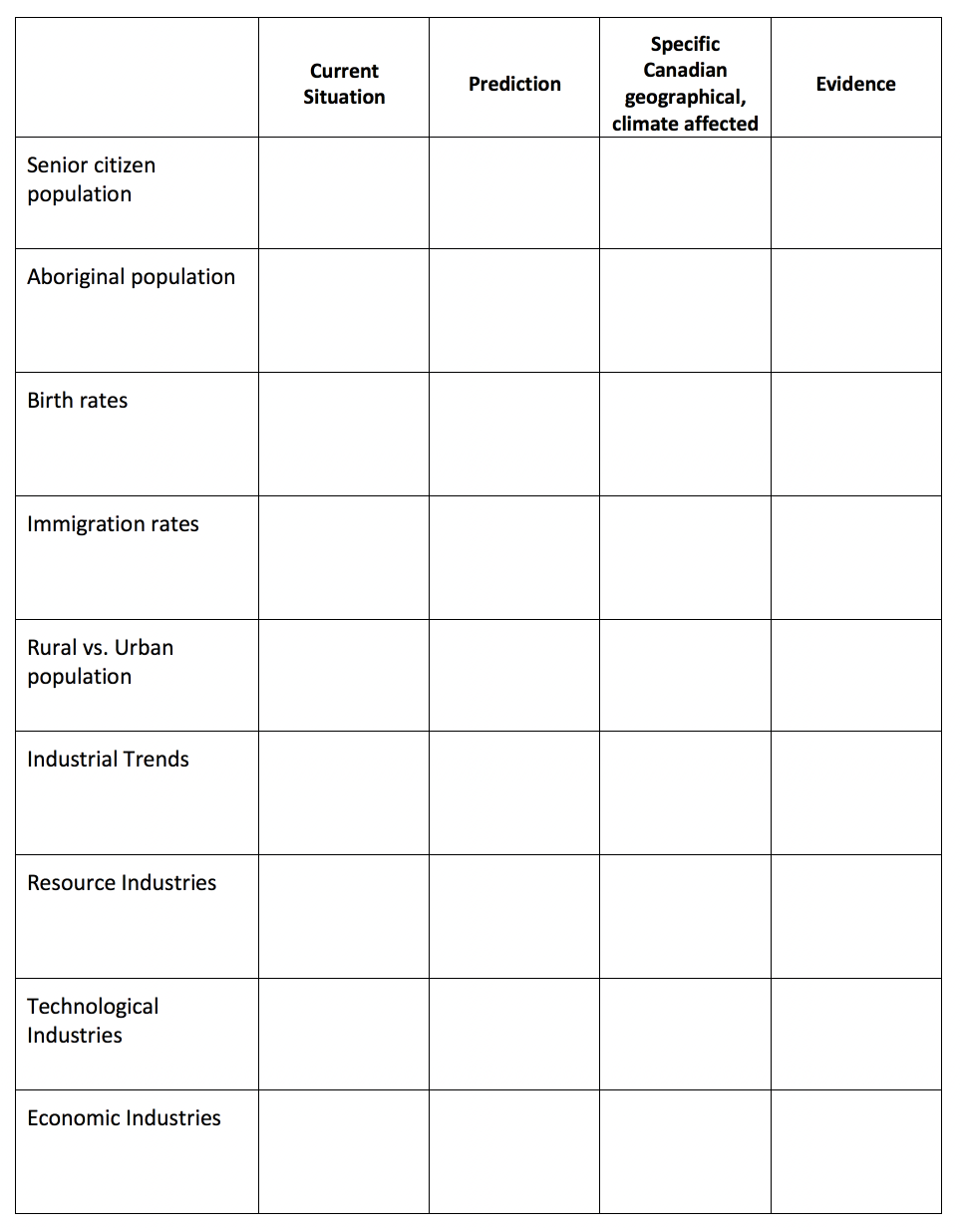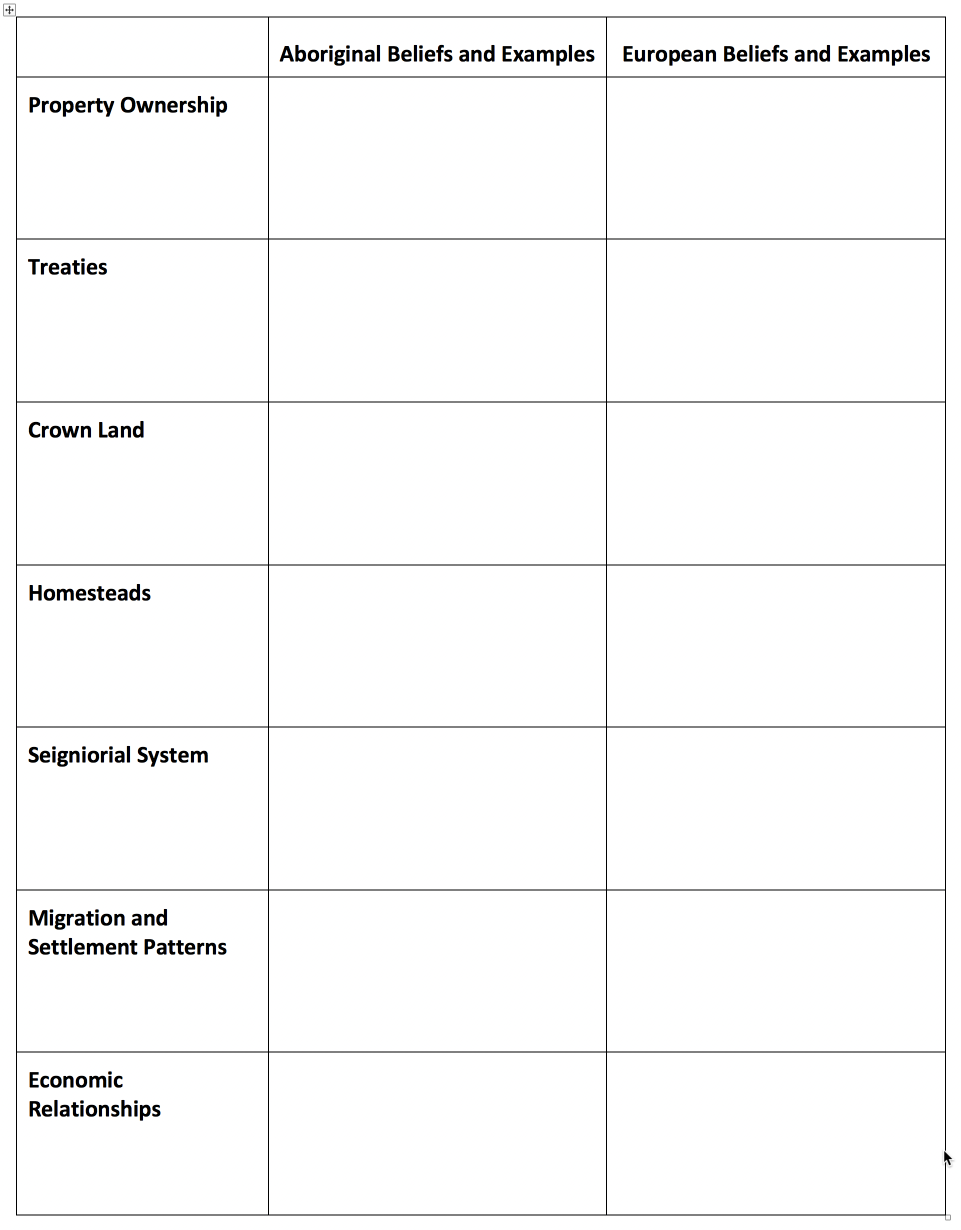Part C: Self, Community, and Place Resources
LESSON RESOURCES
- Canadian Teachers’ Federation. Social Action Projects: Making a Difference. K-4. 5-8.
- Canadian Teachers’ Federation. Engaging in Our Communities… as Global Citizens. A citizenship education initiative centered on the values of the environment, democracy, peace and solidarity.
- Case, Roland. Active Citizenship: Student Action Projects. A framework for elementary and secondary teachers to help students plan and implement responsible social action. The Critical Thinking Consortium. 2004.(this resource has some rubrics that could be used.)
- Office of the Treaty Commissioner www.otc.ca
- Our Country Our Parliament – http://www.parl.gc.ca/About/Parliament/Education/OurCountryOurParliament/pdfs/Booklet-e.pdf
- Virtual Museum of Canada – http://www.museevirtuel-virtualmuseum.ca/index-eng.jsp – Discover arts, science and Canadian history via entertaining and diverse multimedia museum web productions.
- Back to Batoche – http://www.museevirtuel-virtualmuseum.ca/sgc-cms/expositions-exhibitions/batoche/html/about/index.php
- First Nations Governance – http://fngovernance.org/publication_docs/Five_Pillars_CFNG.pdf
- Canada’s Democracy – Elementary Education Guide
http://www.democracy-democratie.ca/res/edres/lps/elp-01_e.pdf - Indigenous People Highlight Tables, 2016 Census
http://www12.statcan.gc.ca/census-recensement/2016/dp-pd/hlt-fst/abo-aut/Table.cfm?Lang=Eng&T=101&S=99&O=A - The Nystrom Atlas of Canada and the World – pgs 44 – 71
- Canada: It’s Land and People (Second Edition) by Don Massey and Patricia N. Shields, 1995, Reidmore Books
- Google: Physical Geographic Regions of Canada + kids https://web.archive.org/web/20180421191835/http://hrsbstaff.ednet.ns.ca/phillie/InternationalExchange/Canada/Physical%20Regions/Physical_Regions/
- Pearson Sask Social Studies text – section on the 7 Canadian Climate Regions:
- Canadian Issues: Should Canada Build Pipelines in the United States?, 2013, Weigl Educational Publishers Ltd.
- Physical Regions of Canada
http://web2.uwindsor.ca/edfac/student/griff-3.htm
CROSS CURRICULAR CONNECTIONS
Themes
- Personal and Philosophical: Students will:
- believe in their own self-worth and feel that they have control over the things that happen to them;
- look inward and focus on self-image and self-esteem; and,
- reflect on self and life, and on their beliefs and values and those of their society.
- Social, Cultural, and Historical: Students will:
- look outward and examine their relationships with others, their community, and the world;
- consider the social and historical context;
- explore their connections in families, schools, groups, and communities to understand the diverse needs and wants of others; and,
- show concern for other people in their relationships, groups, and communities.
- Environmental and Technological: Students will:
- explore the elements of the natural and constructed worlds and the role of technology and related developments in their society; and,
- explore the needs and characteristics of living things; properties of objects and materials; the five senses; and daily seasonal changes.
- Communicative: Students will:
- consider the role of communication in their lives and the technologies and strategies that help people become effective communicators; and,
- practice the skills to interact effectively with others.
Treaty Education
- TR5: Examine the concepts of colonization and decolonization and analyze their effects.
- SI5: Analyze how symbols used by treaty signatories contributed to the treaty making process.
- HC5: Analyze the concept of self-government as it applies to First Nation and Métis people.
- TPP5: Analyze the benefits of treaties for all people in Saskatchewan from a contemporary perspective.
Health
Understanding, Skills, and Confidences (USC)
- USC5.5 Analyze the impact of violence and the cycle of abuse on the holistic well-being of self, family, and community.
- USC5.7 Assess the importance of self-regulation and taking responsibility for one’s actions.
Decision Making (DM)
- DM5.1 Analyze possible obstacles and envision solutions to addressing health challenges related to personal eating practices, changes of puberty, impact of illness/disease, identity and well-being, violence, peer pressure, and self-regulation.
Action Planning (AP)
- AP5.1 Design and implement, with guidance, two five-day action plans that embrace health opportunities or address health challenges related to personal eating practices, changes of puberty, impact of illness/disease, identity and well-being, violence, peer pressure, and self-regulation.
Science
Life Science: Human Body Systems (HB)
- HB5.1 Analyze personal and societal requirements for, and the impact of, maintaining a healthy human body. [CP, DM]
Physical Science: Properties and Changes of Materials (MC)
- MC5.3 Assess how the production, use, and disposal of raw materials and manufactured products affects self, society, and the environment. [DM, SI]
Physical Science: Forces and Simple Machines (FM)
- FM5.3 Assess how natural and man-made forces and simple machines affect individuals, society, and the environment. [CP, DM, SI]
Earth and Space Science: Weather (WE)
- WE5.3 Analyze the impact of weather on society and the environment, including technologies that help humans address weather conditions. [DM]
- DR5.2 Examine the relationship between the environment and the lifestyle choices of the Citizens of Canada.
APPENDIX
A. In your groups, discuss the following questions and record your answers in point form.
- Why do people live where they live?
- What influences a person’s decision to move to a specific location?
- What is the relationship between the environment, resources, and the Canadian economy? (economy: the state of a country in terms of the production and consumption of goods and services and the supply of money)


Canadian Climate Region: ______________________________________
(Pacific, Cordilleran, Atlantic, Great Lakes/St.Lawrence Lowland, Prairie, Boreal, Arctic)
Resources to find your Information:
- The Nystrom Atlas of Canada and the World (pgs 44 – 71)
- Canada: It’s Land and People, Don Massey and Patricia Shields – find your chapter in the table of contents
- Google: Physical Geographic Regions of Canada + kids http://hrsbstaff.ednet.ns.ca/phillie/InternationalExchange/Canada/ (link no longer active)
- Physical Regions of Canada
http://web2.uwindsor.ca/edfac/student/griff-3.htm - Location and area of Canada
- The geography of the area
- Climate of the region
- Causes for the climate of the region
- Population of the region in
- Numbers
- Demographics
- Resources in the region
- Economy in the region
C. Revisit the following questions. In your groups, discuss the following questions and record your answers in point form. Think about how your thinking has changed!
- Why do people live where they live?
- What influences a person’s decision to move to a specific location?
- What is the relationship between the environment, resources and the Canadian economy? (economy: the state of a country in terms of the production and consumption of goods and services and the supply of money)



© 2023 Concentus Citizenship Education Foundation Inc. All Rights Reserved.









